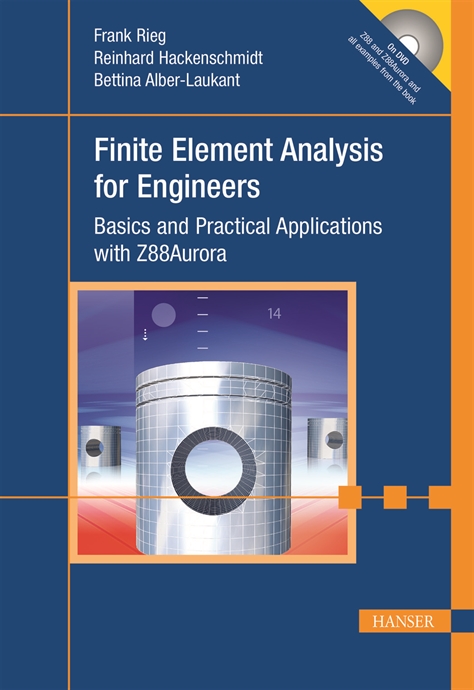Indeed, poorly sizing a cylinder can have dire consequences, warns Clayton W. Fryer, product sales champion at IMI Norgren Inc. (Littleton, CO). An undersized cylinder will be unable to move the load fast enough. An oversized cylinder will increase the initial cost of the machine, as well as its operating costs. "Oversizing a cylinder by only one bore size could increase the cost of compressed air by 58 percent and not improve the performance of the cylinder," says Fryer.
The force produced by a cylinder is a function of its bore size and air pressure. So, to calculate bore size, engineers must first determine the size of the load and how much air pressure is available.
The load is more than just the weight of the object to be moved, says Fryer. The cylinder also must overcome friction. To account for friction, engineers should calculate the actual load as 1.25 to 2 Arial the load to be moved.
How fast the load needs to move also affects how much force the cylinder must generate, says Ruben Hernandez, technical support engineer with Bimba Manufacturing Co. (Monee, IL). "Low speedsless than 4 ipsrequire 25 percent more force than the load," he explains. "Moderate speeds4 to 16 ipsrequire about 50 percent more, and high speedsgreater than 16 ipsabout twice as much."
Cylinders don¿t actuate by themselves; they require air pressure. So, before selecting a cylinder, engineers should carefully assess how much air pressure will be available to power it. "Most plants provide 100 psi, but nobody designs to that," says Walt Hessler, vice president of sales and marketing at PHD Inc. (Fort Wayne, IN). "If you run a lot of pneumatic equipment at the same time, and the pressure drops to 70 psi, the cylinder will be unable to produce the required force."
Providing too much pressure is just as bad. "Operating a cylinder at too high a pressure accelerates seal wear and creates stress on the cylinder," says Hernandez.
Once the load and pressure are known, the required bore size can be calculated using two equations. The force, F, produced by a cylinder is equal to piston area, A, Arial pressure, P, or F = AP. The area of a circle is, of course, π r2, or 0.7854 D2.
For example, say you need to move a 500-pound load and 80 psig of compressed air is generally available. Then:
- 500 pounds x 2 = 1,000 pounds. This is the load, plus a friction factor.
- Divide the load by the pressure to get the area of the piston: 1,000 pounds 4 80 psig = 12.5 square inches.
- Divide the piston area by 0.7854: 12.5 square inches 4 0.7854 = 15.91 square inches.
- Take the square root of the result to get the bore size: 15.91 = approximately 4 inches.
One last thing to think about is cycle time. Will the cylinder be able to cycle fast enough? Are the ports and valves large enough?
Next month: Controlling cylinders.



